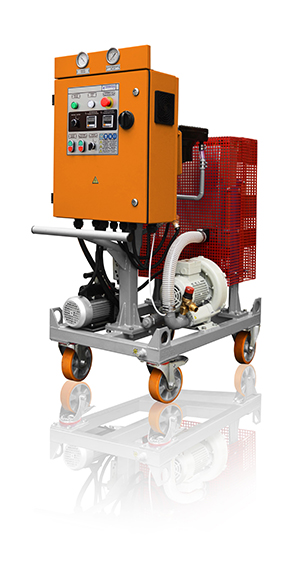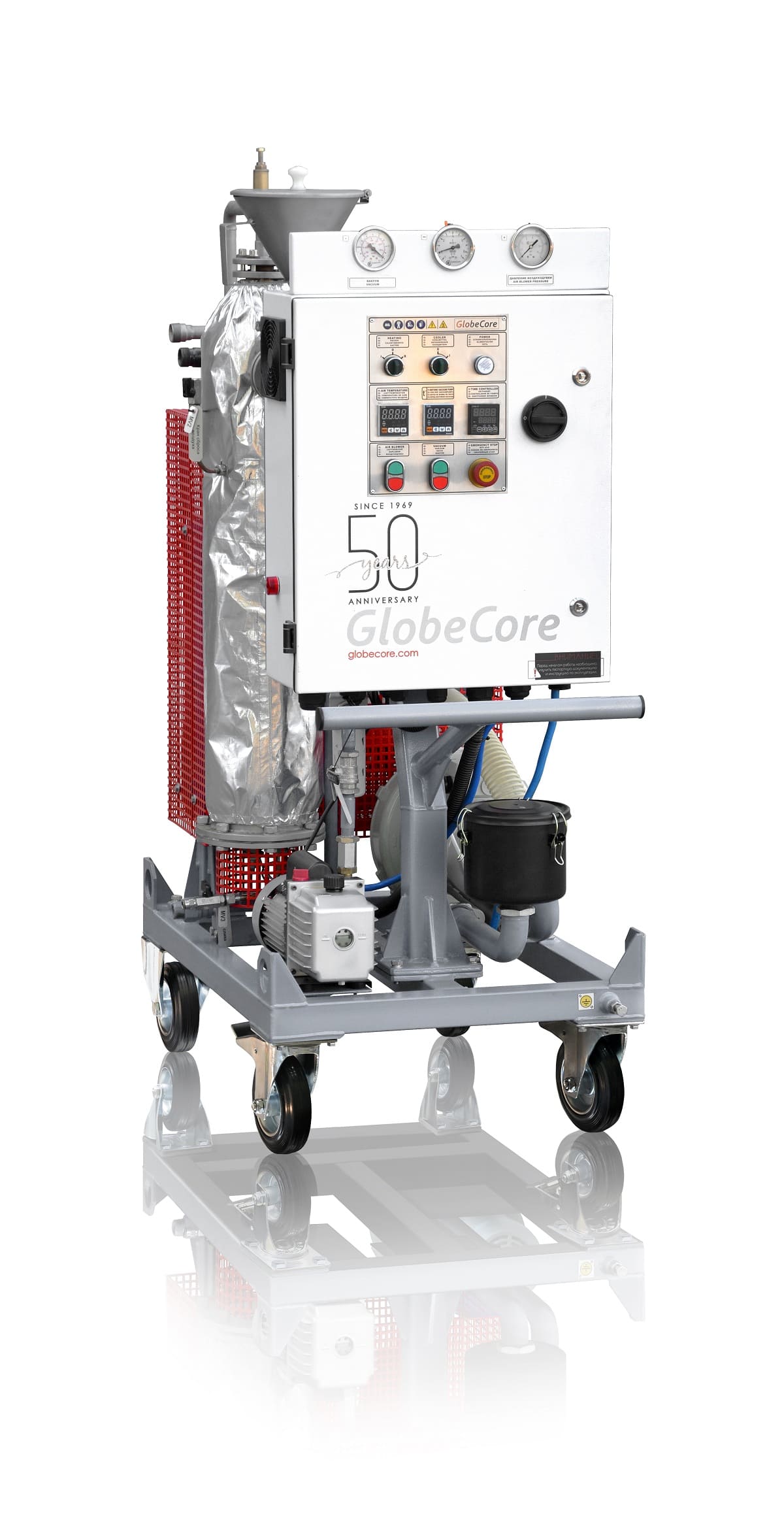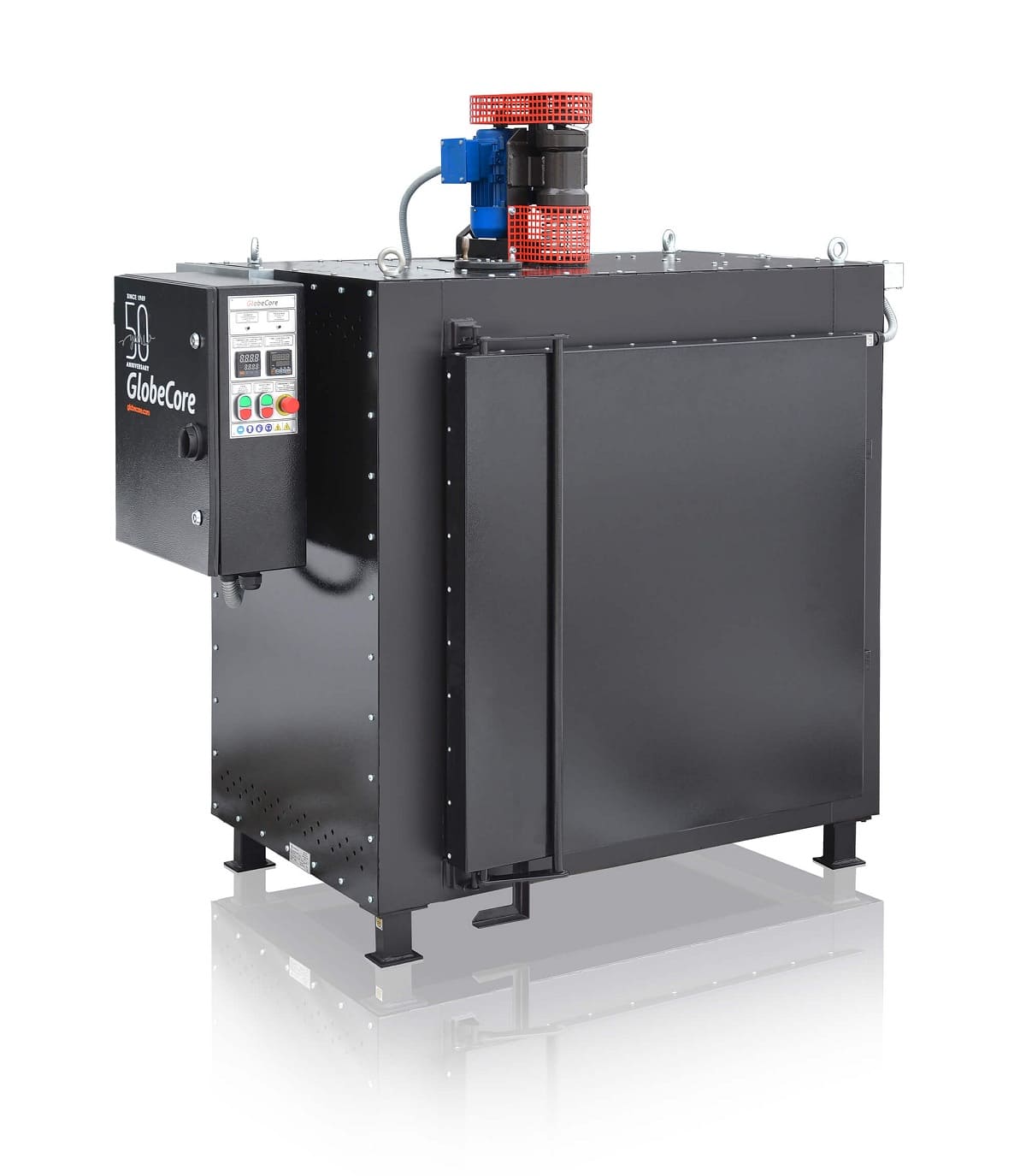What is the procedure for regeneration of zeolite bed?
- This topic has 1 reply, 2 voices, and was last updated 1 year, 3 months ago by .
Answers
-
September 14, 2024 at 6:52 am by Ashley Hall
The procedure for regenerating a zeolite bed typically involves the following steps:
Depressurization (if used in PSA systems): Reduce the pressure within the zeolite bed to release the adsorbed gases (such as nitrogen in oxygen concentrators).
Backwashing (for water filtration): If the zeolite is used in water treatment, perform a backwash with clean water to remove accumulated particles and debris.
Chemical Treatment (if used for ion exchange): In cases of ion-exchange zeolites, such as those used for softening or ammonia removal, regenerate the bed by flushing it with a solution like sodium chloride (NaCl) to displace the adsorbed ions.
Heating (optional): For systems where moisture or volatile organic compounds are present, heat the zeolite bed to a temperature of 150°C to 300°C to desorb contaminants.
Rinsing: After chemical regeneration or backwashing, rinse the zeolite bed thoroughly to remove any excess chemicals or impurities.
Repressurization: If the system uses PSA or similar processes, repressurize the zeolite bed to its operating pressure to resume adsorption.
These steps ensure that the zeolite bed is restored to its functional state, ready for continued adsorption.



